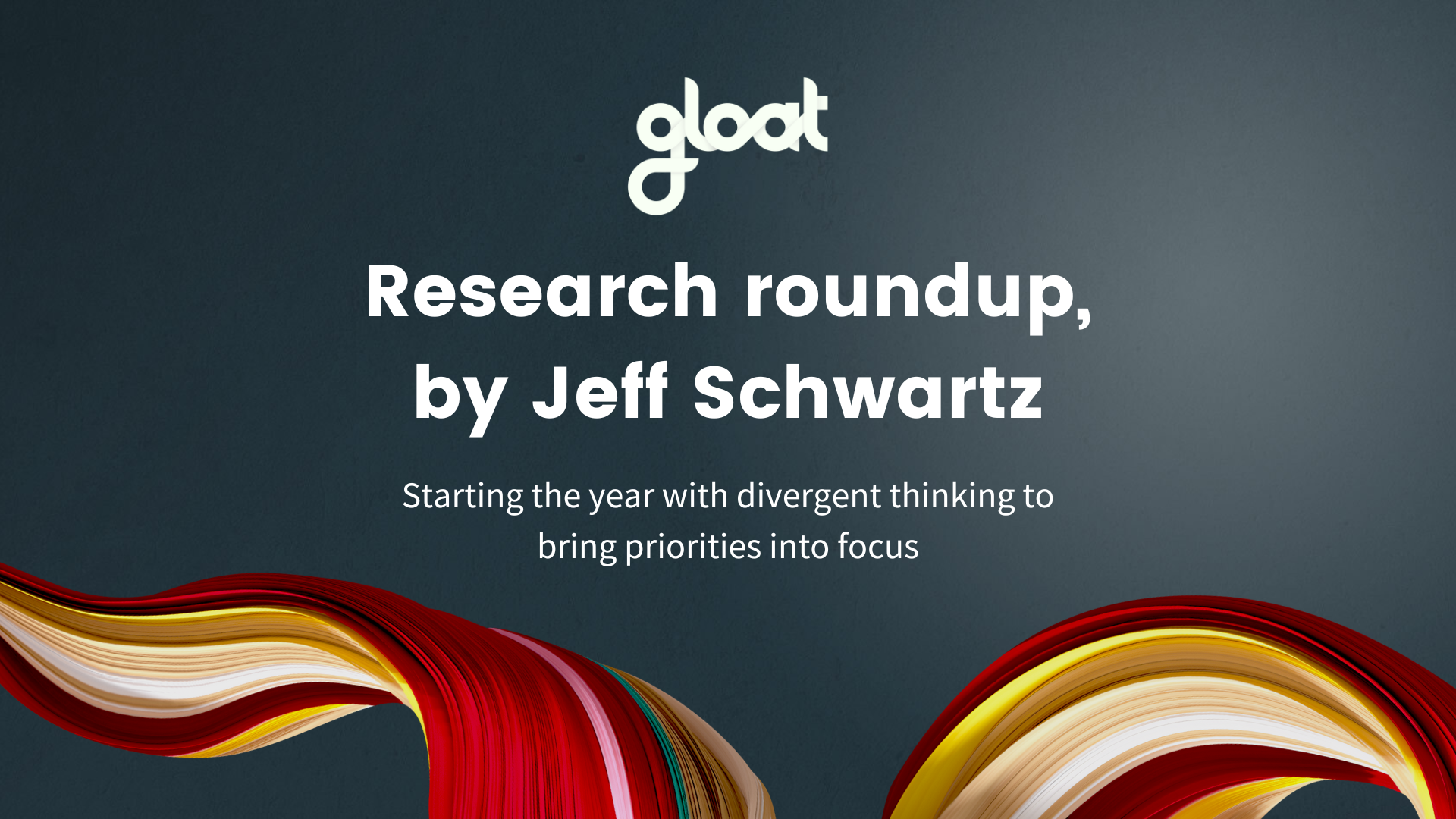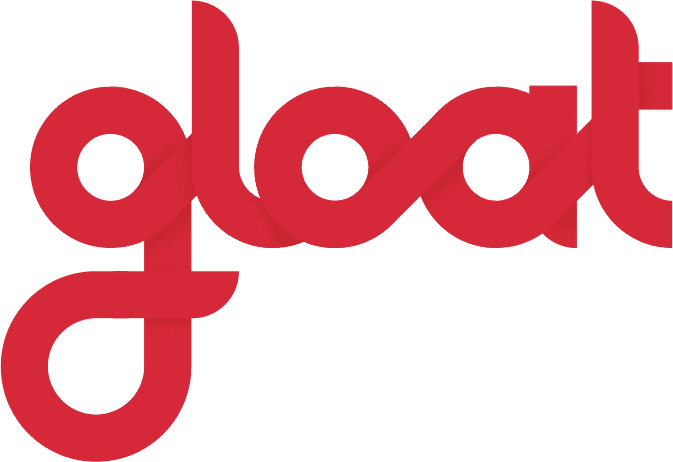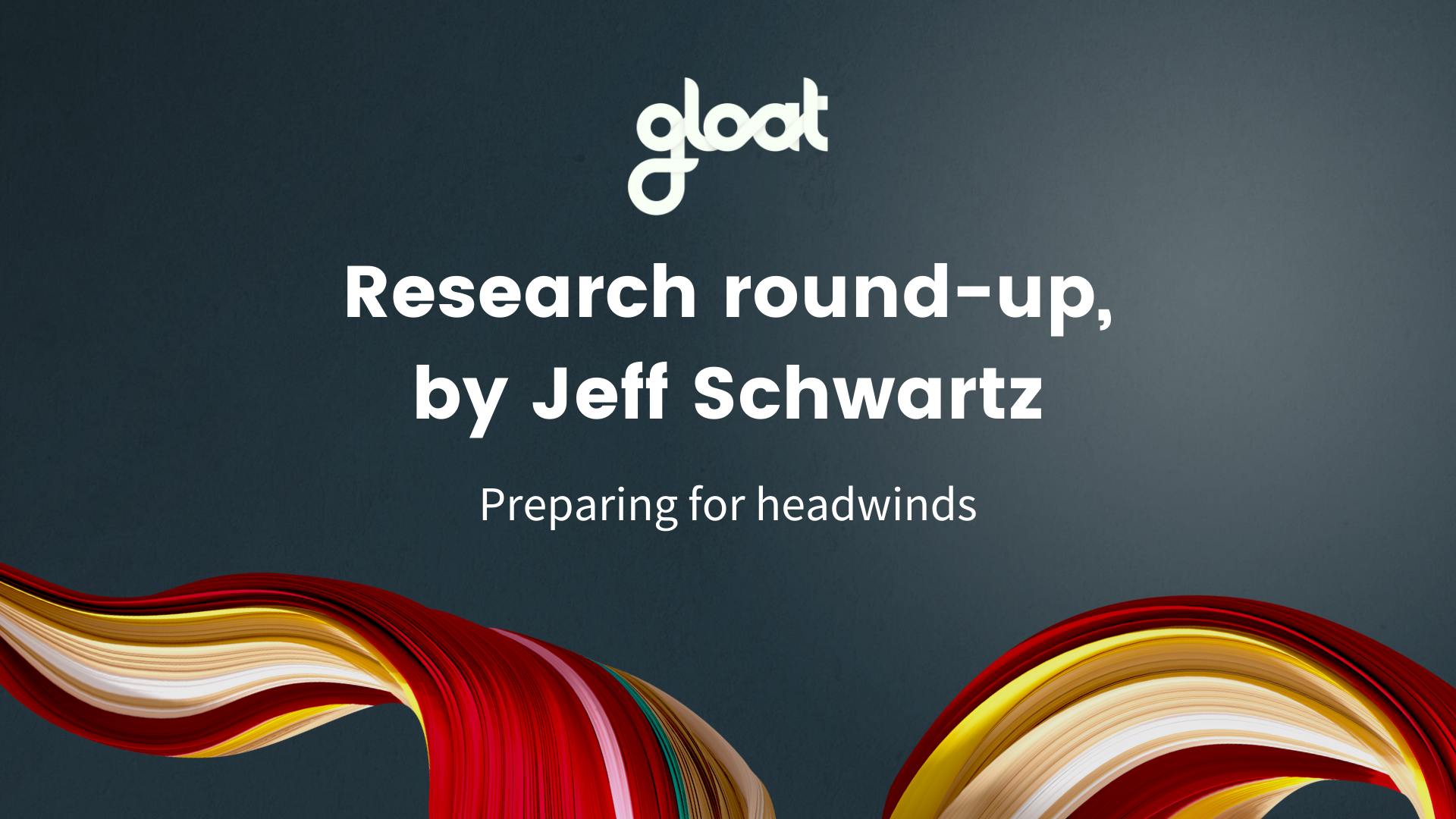February research roundup: Starting the year with divergent thinking to bring priorities into focus
What I am reading, listening to, and thinking about in the world of talent marketplaces and workforce intelligence

A theme of 2023 is the opportunity to “zoom out” and consider where we want to be in 2030 so we can “zoom in” and set priorities for 2023 and 2024. Given the constantly changing realities that business and HR leaders face every day, this is hard. So in this month’s roundup I’m encouraging all of us to take a moment alone and with our colleagues and leadership teams to engage in some divergent thinking about what’s been happening and what’s coming.
The goal is to take some time to think more broadly about the changes we’ve seen and the challenges on the horizon. Sometimes it feels like we’re pinned down in the foxhole of tactical obstacles and daily firefighting. And of course, this is critical. But given what we expect might be happening in the next several years—I’m focused on considering where we want to be in 2030—fire fighting isn’t a sustainable strategy.
If you’ve read my work or listened to me speak before, you already know I have a couple of views about the future. One is that we’re all futurists now. Given what we’ve experienced over the past few years, we have an idea of what’s possible—and that’s an important question to consider in divergent thinking. The Art of Possibility, by Benjamin Zander and Rosamund Stone Zander (an oldie but goodie published in 2002) is the title of one of my favorite books.
We’re all familiar with William Gibson’s quote “The future is already here, it’s just not very evenly distributed.” The emerging opportunities are in front of us: 100-year lives and 60-year careers, human-machine collaboration), increasingly hybrid, remote, and digital work (and lives), and the shift to talent marketplaces and workforce ecosystems in a world in search of human and environmental sustainability.
Two, the future is more than a series of trends. The future is also a set of questions and choices. How do we want to shape longer lives and portfolio careers? How do we redesign work and jobs for human-machine teams? How do we manage to work onsite, offsite, and everywhere in between in ways that promote wellbeing, productivity, innovation, flexibility, and inclusion? How do we shift from administrative, top-down HR practices to ways of working that leverage internal talent markets and employee agency while extending talent management beyond the enterprise to connect all types of workers?
As we zoom out and engage in some divergent thinking, we all have the opportunity to ask new questions, expand our horizons, and reset our priorities to reflect both the changes we’ve experienced and the opportunities that lie ahead.
Here are some pieces I am reading, listening to, and pondering to take time for a bit of divergent thinking and setting priorities for 2023 to prepare us for this year and what’s next.
REFLECT: This month I’m adding a “classic” piece to begin the roundup. I’m starting with this provocative conversation which is a good foundation for 2023
A conversation with Malcolm Gladwell and Adam Grant: This “debate” between these two influential thought leaders in late 2021 at the 92nd St Y in New York is just the thing to open our thinking as we “zoom out” and consider what’s coming in 2023 and beyond. What inspires me when listening to this conversation is the deep thinking and links to social science research that Malcolm and Adam provoke. From the role of teams to what contributes to successful careers (according to Malcolm, his North Star has been “avoiding boring jobs”) if you’re looking for brain food to encourage some divergent thinking, this is a great listen.
READ: What’s new in thought leadership about talent marketplaces and the future of work
Here comes the 60-Year career, The Wall Street Journal, by Carol Hymowitz: The good news: People are living longer and healthier lives. The bad news: the traditional 35-year career is quickly becoming a thing of the past, which means all professionals are going to need to embrace new mindsets and engage in more planning. In this article, Carol Hymowitz explores what people should be thinking about to prepare for the future of professional development, which will include 60-year careers that likely require multiple breaks, shifts, and pivots. Some critical questions here for us as individuals and as managers, with accompanying public policy and educational implications.
Josh Bersin’s 3 keys for tackling today’s talent challenges, HRExecutive.com, by Josh Bersin: As businesses prepare for another year of labor shortages, rapid pivots, and ongoing uncertainty, no leader can afford to overlook the importance of learning and development (L&D). In his piece for HR Executive, Josh Berin explores how L&D has changed and highlights some of the steps that leading businesses are taking to ensure their entire workforce has the opportunity to grow and expand their skill sets.
AI is starting to pick who gets laid off, The Washington Post, by Pranshu Verma: As HR becomes increasingly data-driven, some companies are turning to software and algorithms to help them make pivotal workforce planning decisions—including who to lay off. According to the article, 98% of HR leaders in a January survey indicated that technology will help them make layoff decisions this year. While these tools can represent major steps forward in workforce planning and talent strategy, it’s important to remember that transparency and human-machine collaboration are essential for using AI ethically. Perhaps the larger question is how do we want to work with AI and robots so that work is more human, productive, and promotes employee wellbeing and efficiency?
What layoffs? Many employers are eager to hang on to workers, The New York Times, by Sydney Ember and Ben Casselman: Between layoffs, tightening labor markets, and the threat of an impending recession, it can be challenging for HR leaders to get a read on what’s happening. This New York Times article explores today’s complex reality, including the fact that many companies are holding on to employees and looking for new ways to help their people maximize their potential. At the same time, leaders are searching for pathways that will keep employees engaged and aligned, even during a potential recession. Ultimately, this piece makes it clear that now is the time to focus on retention, experience, and employee development and consider the unique circumstances of individual companies and sectors and their local communities.
LISTEN: What I’ve been playing on repeat
How AI Can Unlock Human Potential and Make Work More Meaningful, Digital HR Leaders, with David Green and Tomas Chamorro-Premuzic: If you’re looking to learn more about the powerful role that human-machine collaboration will play in the future of work, this podcast episode with David Green and Tomas Chamorro-Premuzic, a senior advisor at Manpower, is a conversation you won’t want to miss. During their chat, the two discuss the impact AI is having on the way work gets done, the ethical considerations of using AI in the HR space, and the skills leaders need to thrive in the age of AI today. Tomas’ focus is on what’s happening today with AI in the workplace and HR and helps open up our thinking on what, how, and when to explore human-AI collaboration.
THINK: What research and studies are saying about our path forward
Performance through people: Transforming human capital into competitive advantage, McKinsey, by Anu Madgavkar, Bill Schaninger, Dana Maor, Olivia White, Sven Smit, Hamid Samandari, Jonathan Woetzel, Davis Carlin, and Kanmani Chockalingam: This report from McKinsey breaks down why skills-based strategies are the ultimate win-win. Organizations with highly skilled workforces benefit from more consistent earnings and greater resilience during a crisis, while learning skills on a job contributes 46% of the average person’s lifetime earnings—meaning companies that build human capital are more likely to propel their employees into higher earnings brackets. The research also finds that companies that simultaneously prioritize developing their people and delivering top-tier profitability are more likely to become large-scale “superstars”.
Talent is the great antidote to uncertainty, Boston Consulting Group, by Allison Bailey: CEOs have plenty of priorities to juggle right now, but this article explains why talent strategy deserves a spot at the top of their lists. While managing costs is critical these days, attracting and retaining talent is something that leaders must do now to build resilience and unlock the agility needed to come out ahead. To take talent strategies to the next level, companies must harness the latest technology and data analytics tools—including talent marketplaces and workforce intelligence—so that leaders can understand the skills their workforce has today and the knowledge they’re lacking.
The new-collar workforce, Harvard Business Review, by Colleen Ammerman, Boris Groysberg, and Ginni Rometty: According to this recent article in Harvard Business Review, businesses are overlooking huge, talented pools of workers by requiring bachelors degrees for jobs that don’t need it. The authors explore how companies like IBM, Accenture, Aon, Bank of America, Cleveland Clinic, Delta Air Lines, and Merck have changed job requirements and hiring processes to emphasize skills, rather than degrees. As a result, these organizations are cultivating more inclusive and diverse workforces that will make their companies more competitive and bring more people into the workforce.
Rekindling US productivity for a new era, McKinsey, by Charles Atkins, Olivia White, Asutosh Padhi, Kweilin Ellingrud, Anu Madgavkar, and Michael Neary: There have been a few articles that mentioned recent declines in productivity, but not many pieces dive deep into US labor productivity rates the way this McKinsey article does. The content highlights some eye-opening findings, including the fact that boosting US productivity represents a $10 trillion opportunity and that since 2005, US labor productivity has grown at a lackluster 1.4%. There are also some recommended best practices for boosting productivity, such as committing to digital transformation initiatives.
The skills revolution and the future of learning and earning, McKinsey: As businesses across all sectors deploy new technologies to meet shifting demands, employees will need to learn new skills to keep pace with these innovations. This McKinsey report explores the steps leaders can take to help create sustainable jobs, close skill gaps, and ensure tech-fueled growth leaves no one behind. It also highlights the importance of focusing on skills development at all educational stages and examines how new technologies and approaches can help both students entering the workforce and workers succeed.
Help me grow! What motivates Gen Z?, Deloitte, by Jessica Tankersley: As Generation Z employees continue to make up a larger proportion of the workforce, many leaders are wondering what they can do to engage these new workers. According to the latest Deloitte research, the answer likely lies in equipping Generation Z employees with ample access to career development opportunities. Much like their colleagues in other age groups, Generation Z employees are eager to have the chance to hone new skills and take on projects and initiatives that will push their professional progression forward.
Let us know what you would add to our list.





